Researchers at the RIKEN Center for Interdisciplinary Theoretical and Mathematical Sciences (iTHEMS) in Japan, in collaboration with partners from The University of Tokyo and Universitat de Barcelona in Spain, have created the first Milky Way simulation capable of tracking more than 100 billion individual stars across 10 thousand years of evolution. The team achieved this milestone by pairing deep learning with high-resolution physics, a technique that learns how gas behaves after supernovae, removing one of the biggest computational bottlenecks in galactic modeling.
According to Keiya Hirashima, the lead researcher on the project, the new simulation is hundreds of times faster than current methods, allowing for unprecedented speed and detail in galaxy-scale realism. "Our AI model can simulate the behavior of gas and stars in the Milky Way with much higher accuracy and speed than previous models," Hirashima said in a statement. "This breakthrough has the potential to revolutionize our understanding of galaxy evolution and the formation of stars."
The development of the new simulation is the result of years of research and collaboration between the three institutions. By combining deep learning with high-resolution physics, the team was able to create a model that can accurately simulate the behavior of gas and stars in the Milky Way, including the effects of supernovae on the surrounding gas. This allows for a more detailed and realistic understanding of galaxy evolution and the formation of stars.
The implications of this breakthrough are far-reaching, with potential applications in fields such as climate and weather modeling. "The techniques we've developed can be applied to other complex systems, such as the Earth's atmosphere and oceans," said Hirashima. "This could lead to major advances in our understanding of climate and weather patterns, and potentially even improve our ability to predict and prepare for extreme weather events."
The new simulation is also expected to have significant impacts on the field of astrophysics, allowing researchers to study the evolution of galaxies in unprecedented detail. "This breakthrough opens up new possibilities for studying the formation and evolution of galaxies, including our own Milky Way," said Dr. Maria Rodriguez, a researcher at The University of Tokyo and a collaborator on the project. "We can now simulate the behavior of individual stars and gas clouds in the Milky Way, which will allow us to gain a much deeper understanding of the complex processes that shape our galaxy."
The researchers are already working on applying the techniques developed in this project to other areas of research, including climate and weather modeling. "We're excited to see where this breakthrough will take us," said Hirashima. "The possibilities are endless, and we're looking forward to exploring them further."
The simulation is currently being made available to researchers around the world, and is expected to be a valuable tool for studying the evolution of galaxies and the formation of stars. As the research community continues to explore the implications of this breakthrough, it is clear that the development of the first 100-billion-star Milky Way simulation is a major milestone in the field of astrophysics.
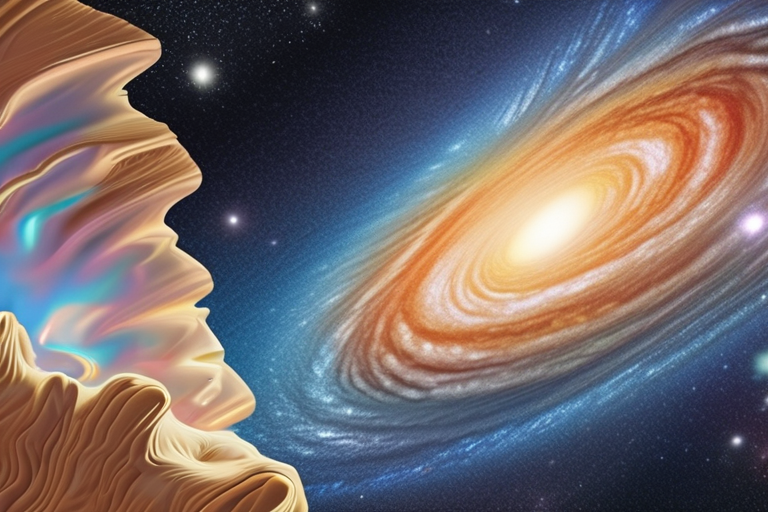


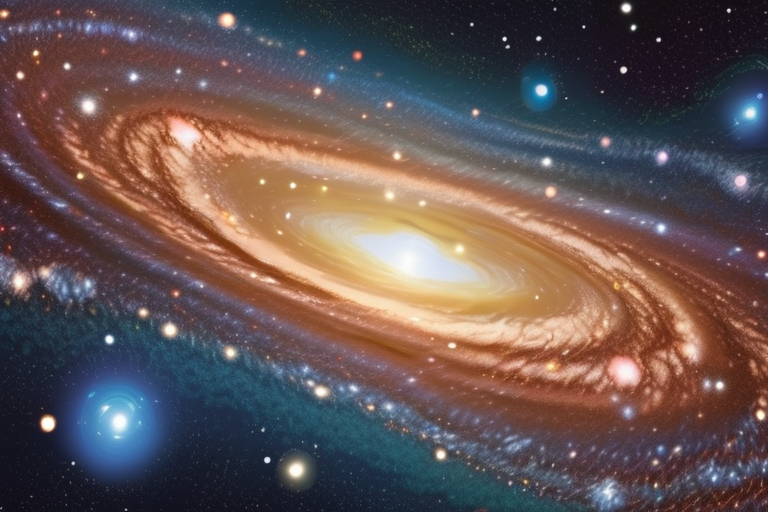
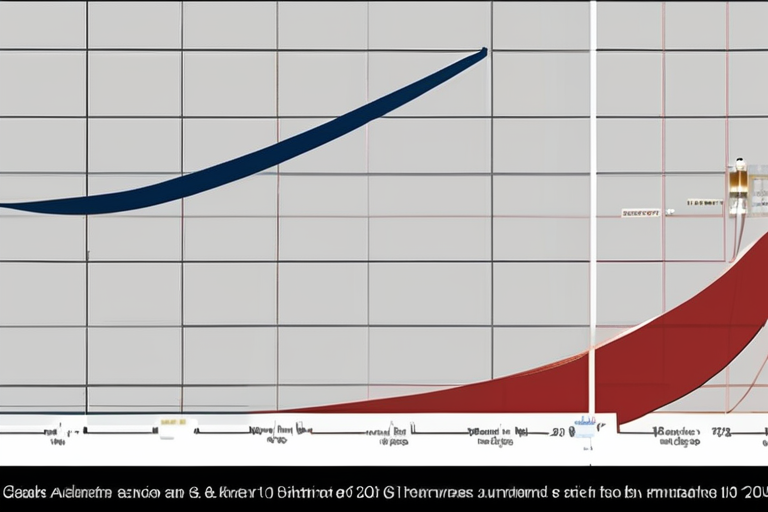


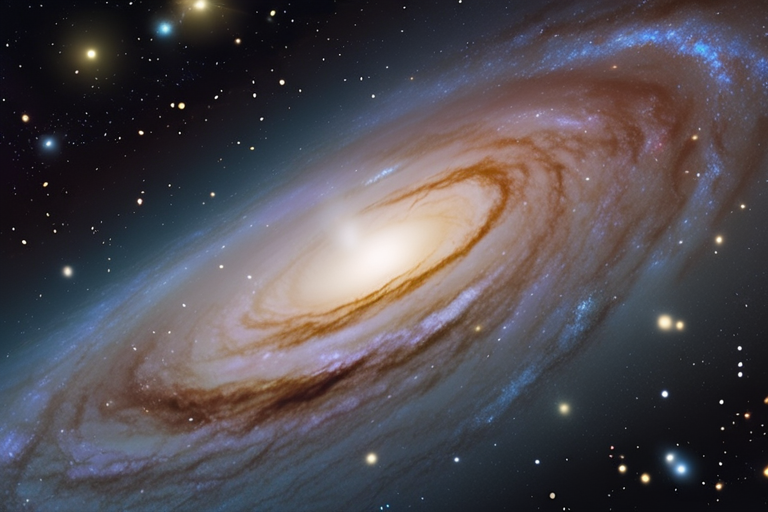
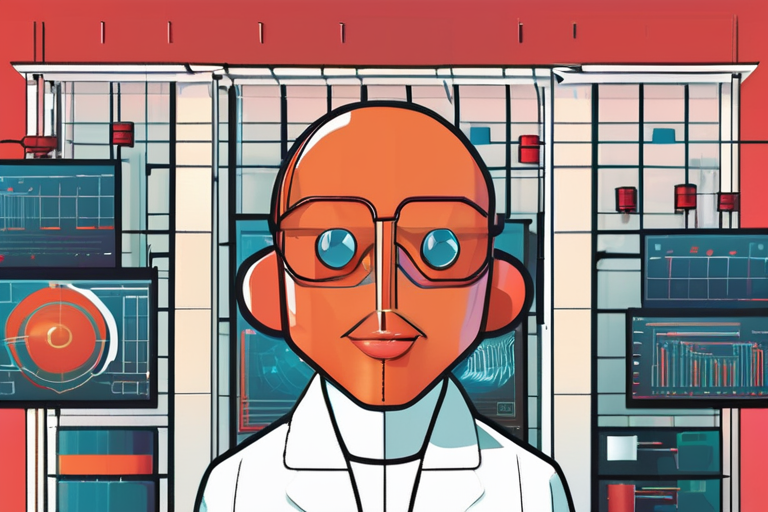
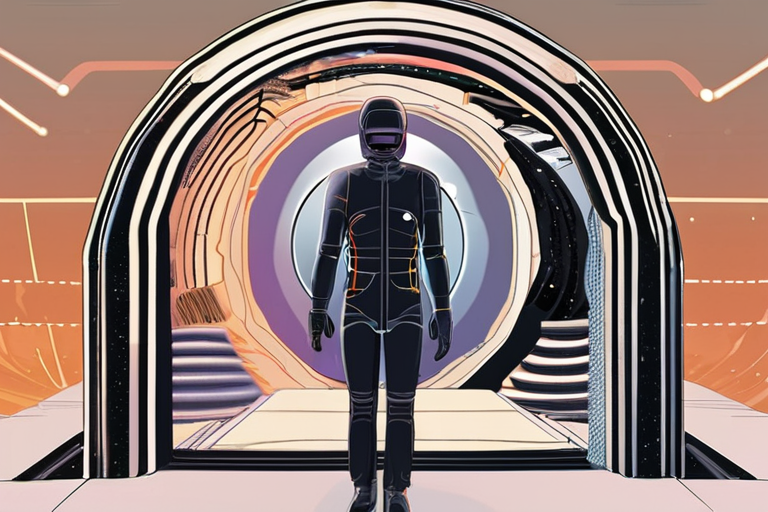




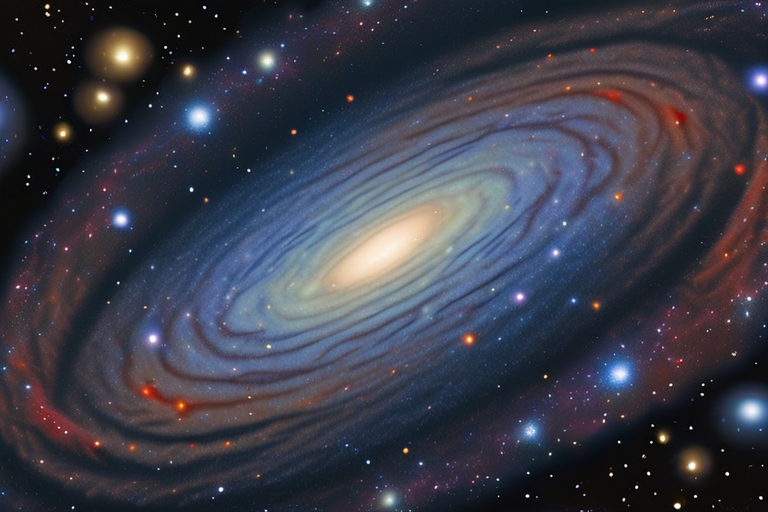
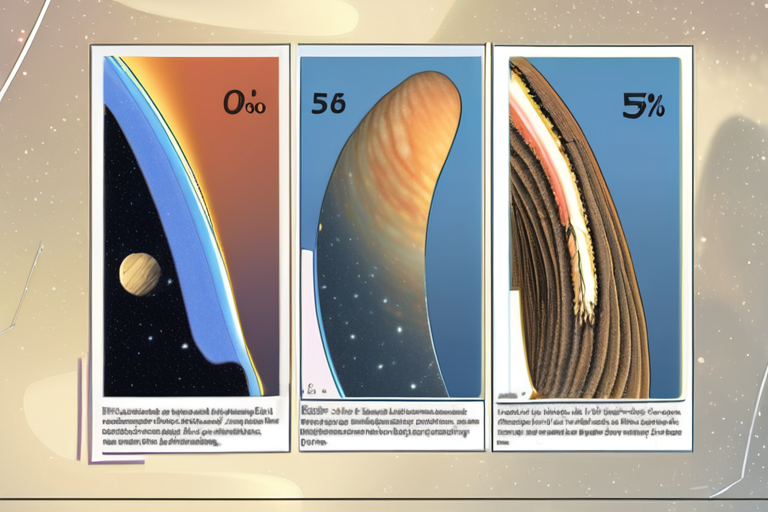




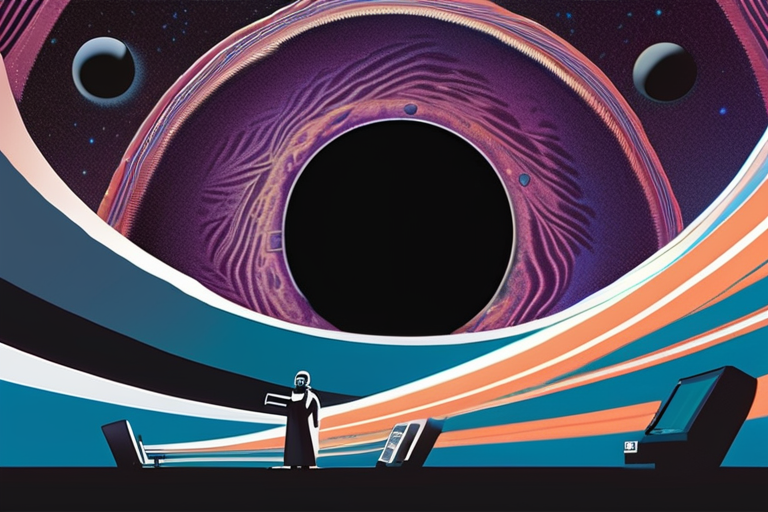
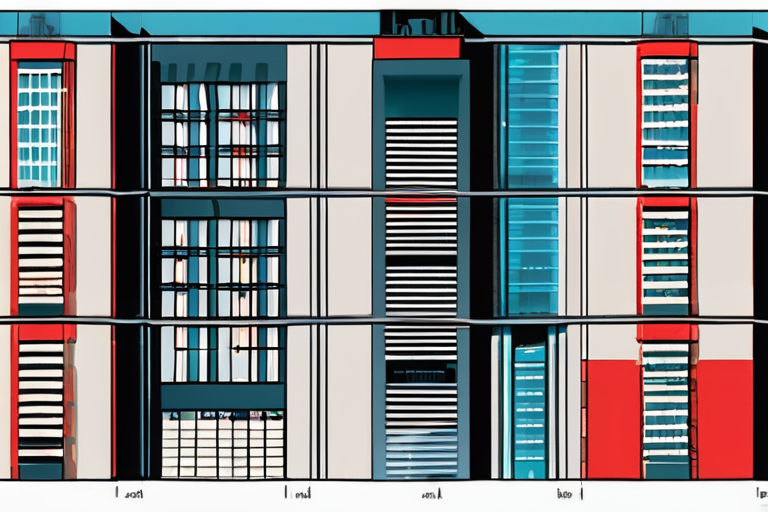
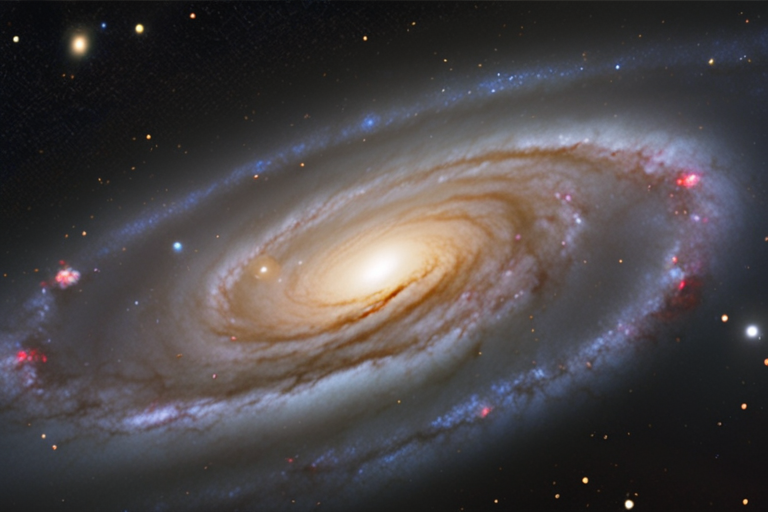

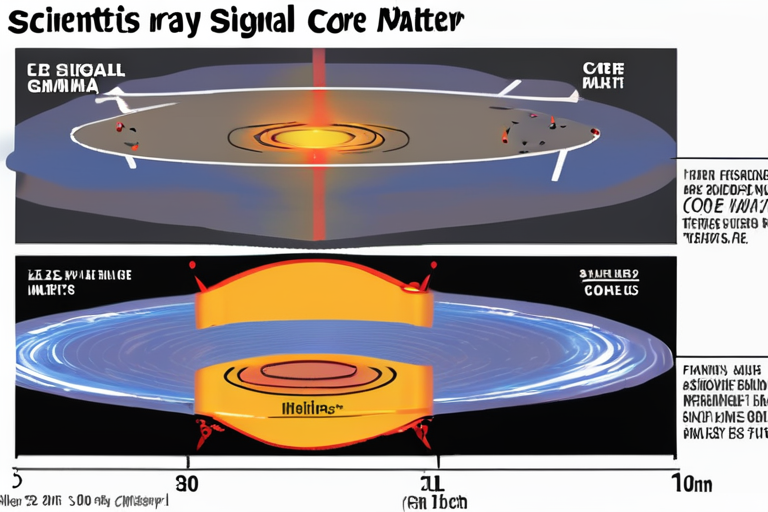


Share & Engage Share
Share this article